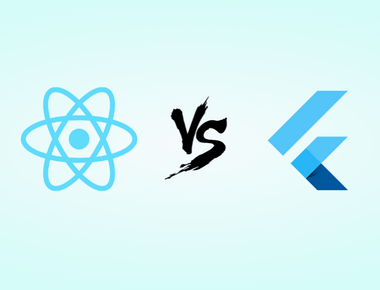

When Google announced Fuchsia, an ambitious operating system project distinct from Android and Chrome OS, there was no shortage of intrigue and speculation about its future role. As details emerged, one thing became abundantly clear: Flutter, Google’s UI toolkit, would play an integral part in crafting the visual experiences on Fuchsia. In this post, we’ll delve into the integration of Flutter with Fuchsia and the potential this fusion holds.
Flutter and Fuchsia: A Brief Introduction
- Flutter: Originating as a framework for mobile app development, Flutter made a name for itself thanks to its unique approach to UI, using a rich set of customizable widgets and the Dart programming language. Its promise of a single codebase for both iOS and Android was just the beginning.
- Fuchsia: Google’s experimental OS project, not based on Linux but on a new microkernel called Zircon, is designed to run on a myriad of devices, from embedded systems to smartphones and desktop PCs.
Why Integrate Flutter with Fuchsia?
- Unified UI Across Devices: Fuchsia aims to be a universal operating system, and Flutter’s ability to create adaptable UIs fits this mission perfectly. With Flutter, developers can maintain a consistent look and feel across various devices, ensuring a unified brand experience.
- Performance: Flutter’s architecture allows for high-performance applications. By leveraging this on Fuchsia, the operating system can potentially ensure smooth and responsive apps, regardless of the device.
- Future-Proofing: By anchoring Fuchsia’s UI development in Flutter, Google is signaling its commitment to the framework. This ensures long-term support and innovation, making the combination of Flutter and Fuchsia a future-proof choice for developers.
How Does the Integration Work?
Flutter apps on Fuchsia aren’t too different from those on other platforms. Here’s a simple breakdown:
- Ledger: Fuchsia offers a storage system called Ledger, designed for devices in a constantly connected state. Flutter apps can leverage Ledger to offer persistent, user-centric experiences.
- Mozart: This is Fuchsia’s graphics renderer, which Flutter apps utilize for rendering. While it does the heavy lifting on Fuchsia, the app logic remains Flutter and Dart-centric.
- Modules: Apps on Fuchsia are seen as a collection of modules, which can be thought of as smaller units of an app. These modules, built using Flutter, can be combined in various ways to create diverse user experiences.
Challenges and Considerations
- Early Stages: Fuchsia and its integration with Flutter is still in development, which means there might be unforeseen bugs and challenges developers need to navigate.
- Learning Curve: For those new to Flutter or Fuchsia, there’s a learning curve, especially given the unique architecture and principles of the OS.
- Compatibility and Support: As Fuchsia is still in its experimental stages, there might be limited support for specific devices or functionalities.
Example
A Flutter app for Fuchsia might look the same as it would for any other platform. Here’s a basic example:
- Create a new Flutter app:
flutter create fuchsia_app cd fuchsia_app
- Update ’lib/main.dart’ with the following Flutter code:
import 'package:flutter/material.dart';
void main() => runApp(MyApp());
class MyApp extends StatelessWidget {
@override
Widget build(BuildContext context) {
return MaterialApp(
title: 'Fuchsia Flutter App',
theme: ThemeData(primarySwatch: Colors.blue),
home: MyHomePage(),
);
}
}
class MyHomePage extends StatelessWidget {
@override
Widget build(BuildContext context) {
return Scaffold(
appBar: AppBar(
title: Text('Fuchsia Flutter App'),
),
body: Center(
child: Text('Hello, Fuchsia!'),
),
);
}
}
Conclusion
The symbiotic relationship between Flutter and Fuchsia underscores Google’s vision for the future of multi-platform development and device integration. Flutter’s renowned versatility and ease-of-use are pivotal in the realization of Fuchsia’s universal aspirations. By bridging the capabilities of both, Google not only offers developers an avenue to create high-performance applications but also ensures a seamless user experience across varied devices. While the fusion of Flutter and Fuchsia is still in its nascent stages, marked by potential challenges and a learning curve, its trajectory signals a promising, innovative future for software development and device interoperability. As both ecosystems mature, developers and users alike can anticipate a harmonious blend of adaptability, performance, and innovation.
Quick Links
Legal Stuff


